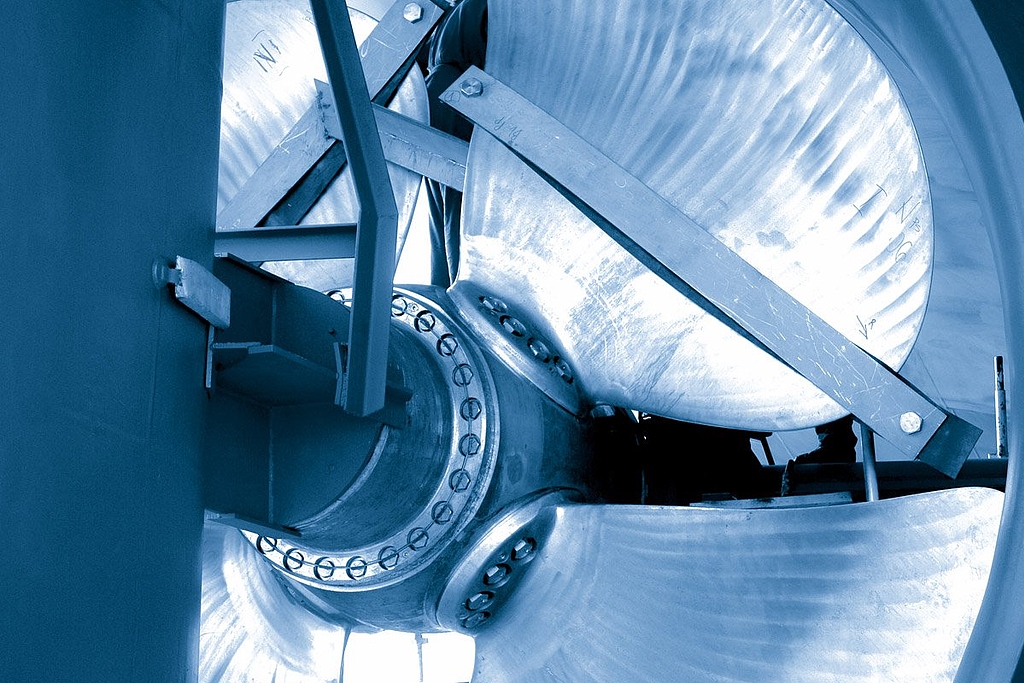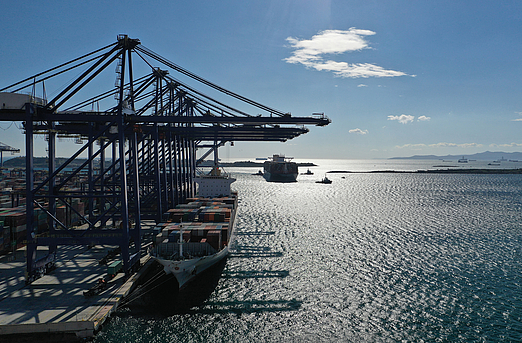Standardization in ancient times
The amphora: precursor to the ISO container
- Facts
They may be discovered spectacularly preserved in ancient shipwrecks on the seafloor or as potsherds requiring painstaking examination. Either way, amphorae are the quintessential everyday objects of antiquity. Highly distinctive in shape, their characteristics mean they are often regarded as the precursors to today’s shipping containers. Find out more about stacking techniques, mounds of amphorae fragments and the role played by the vessels in the ancient Roman conquest of distant lands.




Our rail service is faster than sea cargo and less expensive than air cargo, giving you the best of both worlds.
Rail transport is a fast, cost-effective and environment-friendly alternative to air and sea freight. Our specialized teams will create the optimal rail transport concept for any commodity.
Find out more









